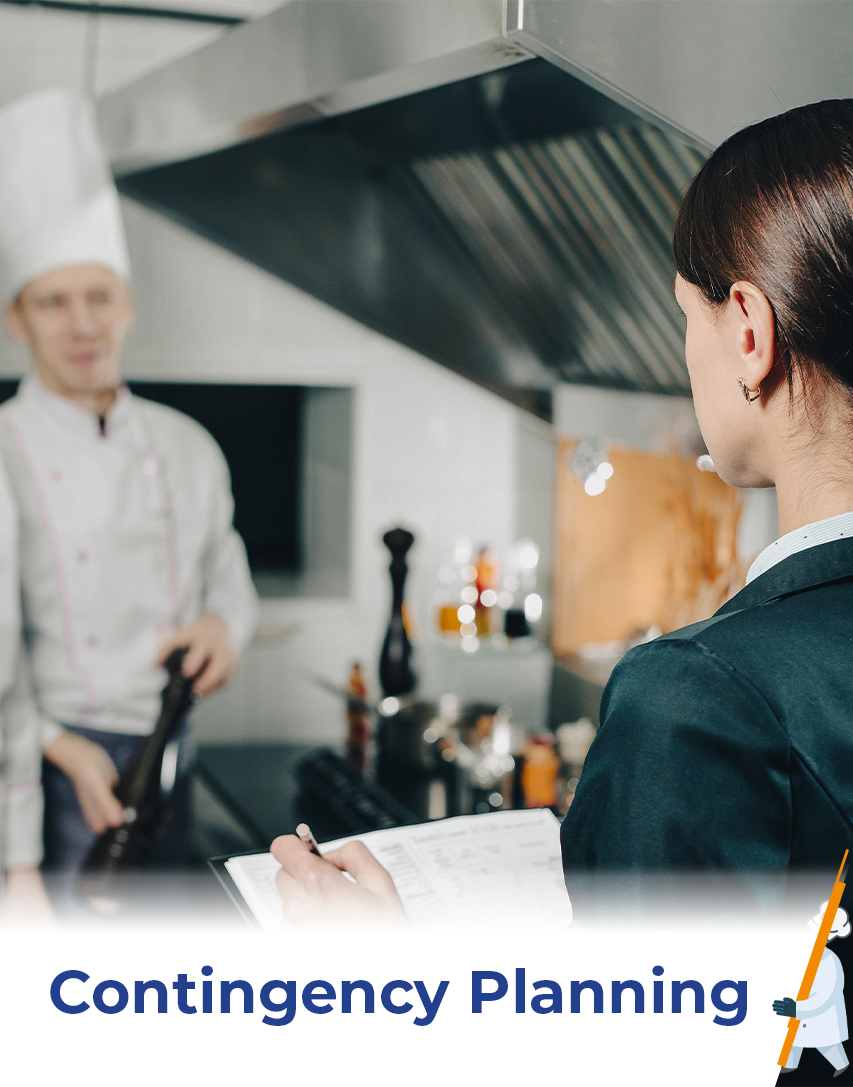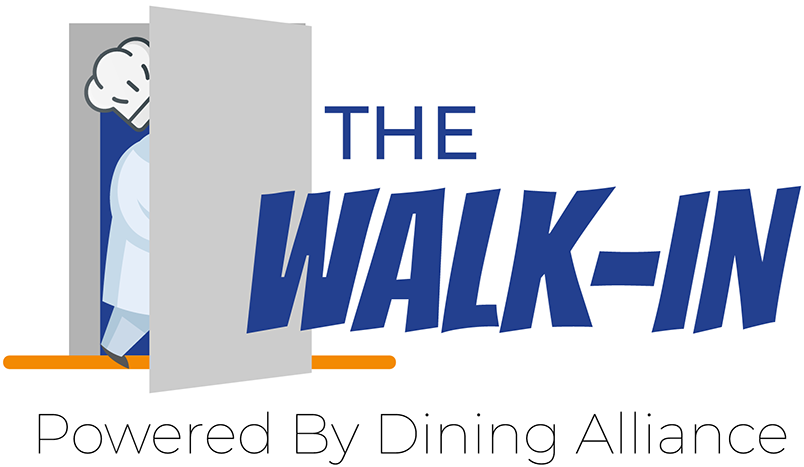The art of budgeting in the restaurant industry is a critical aspect of running a successful and financially sustainable business.
It involves carefully planning and allocating financial resources to various areas of the restaurant’s operations, such as food and beverage costs, labor expenses, overhead expenses, marketing, and maintenance.
When you’ve got your budgets set in place correctly, you’ll have one less thing to worry about when it comes to the success of your restaurant.
Here are some key elements and considerations that contribute to the art of restaurant budgeting:

Revenue Projections
The budgeting process begins with projecting the expected revenue based on historical data, market trends, and anticipated customer demand.
This involves analyzing past sales figures, considering seasonal variations, and factoring in any upcoming events or promotions that may impact revenue.
Accurately projecting restaurant revenue can be done so by:
- Calculating your restaurant’s daily capacity
- Using your sales data to conduct forecasts
- Conducting inventory projections based on said sales forecasts
- Factoring in your seasonal success throughout the year
- Staffing your restaurant according to your projections
- Finalizing revenue and cost model for your expectations

Restaurant Cost Management
Effective budgeting in the hospitality industry requires meticulous management of restaurant costs.
This includes monitoring and controlling food and beverage costs, optimizing inventory levels to reduce waste, negotiating favorable contracts with suppliers, and implementing efficient purchasing practices.
Additionally, labor costs, including wages, benefits, and overtime, need to be carefully budgeted and managed.
Keep in mind, this isn’t something you just do once. You may have to continuously readjust or reevaluate because each month is different. Sometimes, you have a busy summer season and then sometimes, you slow down by winter.

Menu Engineering
This is something we talk about a lot! Menu pricing plays a significant role in budgeting.
Analyzing the profitability and popularity of various menu items helps determine pricing strategies that align with your restaurant’s target market while maintaining profitability.
By understanding the cost of ingredients and the margins associated with different menu items, you can make informed decisions to maximize revenue.
Plus, as we mentioned before, a lot happens to change based on seasons. Your fall/winter menu items may be a lot different from your spring/summer menu items!
Looking to make the most out of your menu? Check out the Menu Section of the Walk-In for more info!

Contingency Planning
Budgeting in the restaurant industry should also account for unexpected expenses and emergencies.
Having a contingency fund or an allowance for unforeseen costs can help mitigate financial shocks, such as equipment breakdowns, repairs, or sudden changes in supplier pricing.
We hope this never happens, but it’s always better to be safe than sorry because running a business means having the means to tackle any hits you may get along the way!

Sales and Marketing Strategies
Budgeting involves allocating resources for sales and marketing efforts.
This includes advertising, promotions, social media campaigns, and other initiatives aimed at attracting and retaining customers.
By setting aside a portion of the budget for marketing, restaurant operators can proactively drive revenue growth. And we KNOW you know how we feel about marketing your restaurant!
Check out the Marketing Section of the Walk-In for all sorts of tips and suggestions on how to successfully market your operation!

Financial Analysis and Review
Regularly reviewing and analyzing financial reports is crucial in evaluating the effectiveness of the budgeting process.
Comparing actual financial results to the budgeted amounts helps identify any discrepancies and enables timely adjustments or corrective actions.
When you do this consistently, there will be less room for errors!

Flexibility and Adaptability
Budgeting in the restaurant industry should allow for flexibility to adapt to changing circumstances.
Market conditions, customer preferences, and industry trends may shift, requiring adjustments to the budget.
Regularly revisiting and updating the budget ensures that it remains aligned with the restaurant’s goals and objectives.

Budgeting for Success
Overall, the art of budgeting in the restaurant industry involves careful planning, analysis, and ongoing monitoring of financial resources.
By understanding the intricacies of revenue projections, cost management, menu engineering, contingency planning, sales and marketing strategies, and financial analysis, you can optimize your budgeting processes and set your businesses on a path to success!








